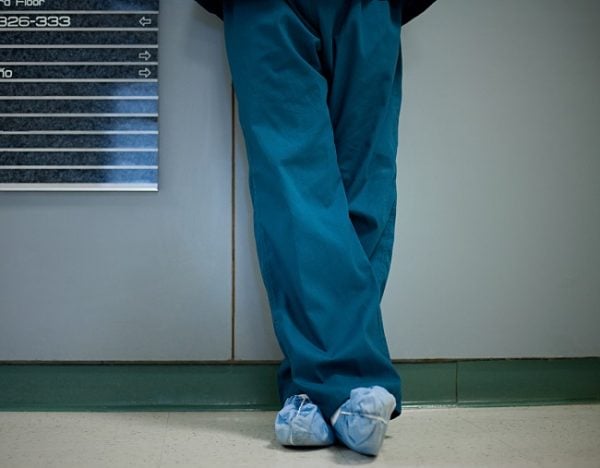

It’s a topic we sometimes think about, very rarely talk about and almost never ask about. How often should I be going to the toilet each week?
Simply put, talking about our bowel movements isn’t a go-to conversation starter. Yet when it comes to our health, how often we do a number two, or how often we don’t, can sometimes indicate whether our body is on track or potentially not at its best.
So how do you know if your bowel movements (or if you’re a parent, the bowel movements of your children) are considered normal or not? Let’s get down to the facts:
How often should I go?
Many of us believe that what constitutes as normal is going once a day. For some, this may be true. Though what tends to be more important than a definitive ‘number’ is your own personal frequency of going to the toilet.
Some of us may visit the bathroom once a day, others once or twice a week and some, multiple times a day. How often you go will depend on a variety of factors like your individual genetics, how much fibre is in your diet and how often you exercise. Different life stages, like whether you’re an adult, child, or baby, can also have an impact.
That being said, newborns in the first three months of life can have three bowel movements or more per day. As they get older, the number of poos will usually decrease, and by two years of age, most will usually have one per day, though it is still normal for this to vary from child to child.
When it comes to adults, Michael Tam, Lecturer in Primary Care and General Practitioner from the University of New South Wales writes, “There is considerable variation between individuals [when it comes to bowel movements]. The claim that stool frequency in well people ranges from three times a week, to three times a day, is quite old – it comes from a British study from 50 years ago. Nevertheless, it remains a relatively useful rule of thumb.”



Top Comments
I think the best takeaway message here is everyone is different. You have to know what’s normal for you
I use my bowels between 3-6 times a day, have done all my life. I was told by a doctor many years ago that what I had was an "excitable bowel", & provided I ate relatively healthy etc, nothing is wrong with that. In fact, because of my "condition", if I only "go" once a day (which has happened only a few times in memory!), I consider myself then to be constipated! I always thought that everyone used their bowels as many times as I do a day, & when I was told that I was the "abnormal" one, I must admit I was a bit dumbfounded!